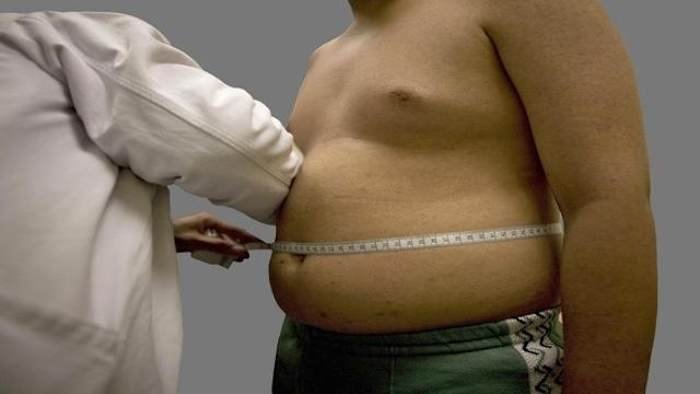Eating disorders are among the most misunderstood and under-discussed mental health conditions in America today. Affecting people of all backgrounds, ages, and genders, these disorders can have life-altering, even fatal, consequences if left untreated. Here in Orlando, the impact of eating disorders can be seen in our schools, workplaces, and neighborhoods, touching families and individuals in ways many never expect. In this article, we’ll explore five shocking eating disorder statistics that shed light on the scope of the problem—both nationally and right here in Central Florida.
1. Eating Disorders Affect Over 28 Million Americans
According to the National Association of Anorexia Nervosa and Associated Disorders (ANAD), more than 28 million Americans will struggle with an eating disorder at some point in their lives. That’s about 9% of the U.S. population. Here in Orlando, with a metro population of over 2.5 million, this means tens of thousands of our local neighbors could be grappling with these dangerous conditions. Eating disorders do not discriminate—they can affect people regardless of race, gender, socioeconomic status, or age.
With Orlando’s diverse community and status as a hub for tourism and entertainment, the pressures of body image and appearance can be even more acute. Local organizations and treatment centers report a steady demand for help, emphasizing just how widespread the issue is in Central Florida.
2. Eating Disorders Have the Second Highest Mortality Rate of All Mental Illnesses
One of the most alarming facts about eating disorders is their lethality. After opioid addiction, eating disorders have the highest mortality rate of any mental illness. Anorexia nervosa, in particular, is linked to a mortality rate that is 12 times higher than the death rate among people without eating disorders. Factors contributing to this include severe malnutrition, heart failure, and suicide.
Orlando hospitals and mental health professionals have seen firsthand the devastating impact eating disorders can have. The local medical community is working hard to provide resources, but the statistics show that more awareness and early intervention are desperately needed.
3. The Majority of Sufferers Never Receive Treatment
Despite the seriousness of these disorders, it’s estimated that only about 1 in 10 people with an eating disorder ever receive treatment. The reasons are complex: stigma, lack of awareness, limited insurance coverage, and a shortage of specialized care can all be barriers. In Orlando, while there are reputable treatment centers and support groups, many residents may not know how to access them or may feel ashamed to seek help.
Local schools and colleges are beginning to integrate mental health education into their curricula, but advocates say more needs to be done to connect those in need with proper support. Early intervention is key, and raising community awareness is a critical first step.
4. Eating Disorders Are Increasing Dramatically Among Children and Teens
Over the past decade, the rate of eating disorders among children and adolescents has risen significantly. According to the CDC, hospitalizations for eating disorders in children under 12 have increased by 119%. Social media influence, bullying, and societal pressures to conform to certain body types are frequently cited as contributing factors.
Orlando’s youth are not immune. Local pediatricians and school counselors have reported an uptick in disordered eating behaviors among students, especially since the pandemic. Initiatives like school-based mental health screenings and parent education nights are being implemented, but experts warn that early detection and family involvement are crucial for recovery.
5. Eating Disorders Affect All Genders, Not Just Women
Eating disorders have long been perceived as primarily affecting young women, but recent research shows that about one in three people with an eating disorder is male. Men are often underdiagnosed due to stigma and misconceptions, which can lead to even lower treatment rates and worse outcomes.
In Orlando, support groups and clinics are working to reach out to men and boys who may be silently suffering. Local advocates stress the importance of inclusive messaging and resources that address the unique needs of all genders, helping to break down the barriers that prevent people from getting help.
Conclusion: Orlando, Let’s Start the Conversation
These five statistics only begin to illustrate the complex and urgent reality of eating disorders in our community. From the high prevalence and mortality rates to the growing impact on children and the need for inclusive treatment, it’s clear that Orlando residents must come together to raise awareness, support those affected, and advocate for better resources.
If you or someone you know is struggling with an eating disorder, know that help is available. Local organizations like The Alliance for Eating Disorders Awareness and the National Eating Disorders Association offer support, resources, and treatment referrals.
What do you think about these statistics? Have you or someone in your life been affected by eating disorders? Share your thoughts, experiences, or questions in the comments below. Together, we can help break the stigma and support our Orlando community.
















